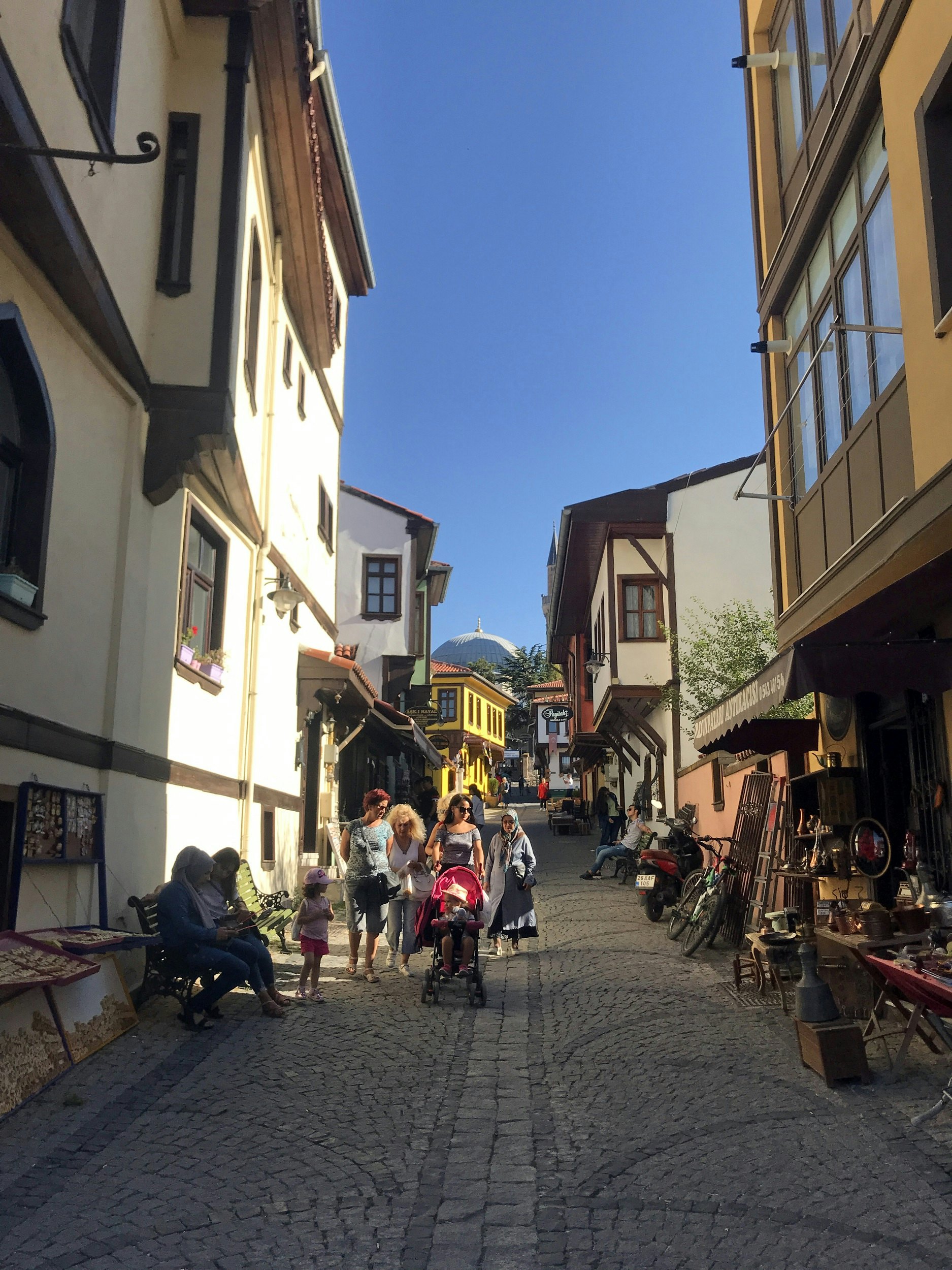
The 30 best countries, cities and regions to visit in 2025

Dec 20, 2019 • 3 min read

The area around Porsuk River has been regenerated © Jennifer Hattam / Lonely Planet
Its name may literally mean "Old City" but Eskişehir has put on a bright new face in recent years. The opening of a much-touted contemporary art museum in September 2019 has helped draw renewed attention to this north-western Turkish city and its pedestrian-friendly green spaces, colourful historic district and photogenic network of canals. Here’s why you should consider visiting.
With two universities for a population of 800,000, "the city is young and has a very fresh energy," says Yuki Ikeguchi, the lead architect on the new Odunpazarı Modern Museum, a showcase for contemporary art from Turkey. The distinctive building, designed by noted international firm Kengo Kuma & Associates, sits at the intersection of Eskişehir’s newer city centre and its old quarter of traditional Ottoman wooden homes.

That latter area, also called Odunpazarı, is the natural first stop on a visitor’s agenda and teems with mostly domestic tourists on weekends, strolling its cobbled streets and taking pictures of its brightly painted buildings. One of the lovingly restored historical homes in the area houses the City Museum/Museum of Contemporary Glass Art, set around an airy courtyard with a central fountain, while another elegant late-19th-century mansion has been transformed into the Eldem Sanat Alanı, a privately run contemporary art space.
Also set inside a traditional Odunpazarı home, the dusty but intriguing Crimean Tatar Culture House has ethnographic displays about the namesake Turkic ethnic group that migrated here from the Russian empire in the 18th and 19th centuries. The Tatars gave Eskişehir its best-known culinary specialty, the flaky mincemeat-stuffed pastry çibörek, which is served along with pickled hot peppers in a rustic, open-air cafe at the base of the Culture House. For a sweet treat afterwards, stop by the closet-sized confectioner Mustafa Zade Lokumları nearby.
Just uphill, the serene, leafy complex surrounding the Kurşunlu Mosque is a centre for local crafts, with an active glass-blowing workshop and different galleries and shops inside each of its atmospheric chambers, including one featuring carved pipes and other objects made from meerschaum, a white stone famously mined in the Eskişehir region.

After exploring Odunpazarı, head for Hamam Yolu Caddesi, a pedestrianised, park-filled promenade full of people, and saunter your way north to the winding Porsuk River; it's lined by pleasant walkways and cafes and plied by Venice-style gondolas. The cleaning up of the formerly polluted Porsuk River and the removal of cars from large swathes of downtown, along with the city’s efficient tram system, are among the urban improvements credited to long-time Mayor Yılmaz Büyükerşen.
"Mayor Büyükerşen has really changed the city," says Esra Eldem, the gallery manager of the Eldem Sanat Alanı. Eldem returned to Eskişehir three years ago after studying and working in Istanbul, drawn by the new opportunities brewing back home. "There’s definitely something emerging here," she says.
New high-speed train connections from Istanbul (approximately 3 hours) and Ankara (1.5 hours) make Eskişehir an easy weekend excursion from either of Turkey’s two largest cities. Just be sure to book your train tickets well in advance – the city’s popularity has grown so much, it can be hard to find a seat.
Turkey by train: a guide to travelling on the Dogu Express
The best free things to do in İstanbul
Turkey's treasures: 7 incredible ancient sites
Plan with a local
